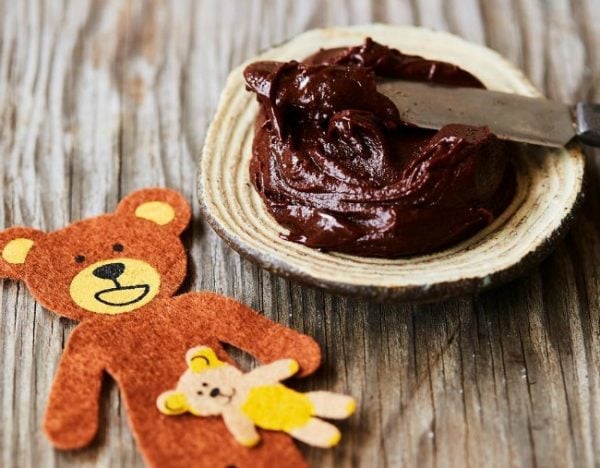Before we became parents, most of us were raised on a pervasive diet of images, messages and peer pressure regarding how we should look and ways to achieve it.
Whether we grew up watching the 90s supermodels, obsessed with Beyoncé or intrigued by an impossibly flawless Instagram influencer, is it any wonder we carry with us certain body ideals and goals?
Despite our own uncertainties, insecurities and struggles with body image, as parents, we are now integral in shaping the self-esteem and attitudes towards the health of our children. And, because of this, it is so important that we take stock of any negative prejudices we have towards food.
It is crucial that we are mindful of the behaviour we model and that we set the tone (and stock the pantry) for balance.




Top Comments
Oh my gosh this is such an important topic that is not discussed enough! A number of year ago I was an Au Pair in Paris working for a mother who weighed all of her daughters meals (her daughter was 8 at the time & petite for her age). The mother so obviously had her own eating disorder & it terrified me that this kind of behaviour her daughter was witnessing had become so normal for the young girl. It wasn't until about 2 months of knowing the family that the daughter eventually broke down to me after school one day & told me how hungry she was every night. From that day on I always carried snacks to give her when I dropped her off & picked her up from school.
As an obese woman my 3 month old gaini g weight is both something to celebrate and fear. I know she needs to gain weight to be healthy but deep inside something is telling her to not be fat. Your life will be so much harder if you are my love.
:(